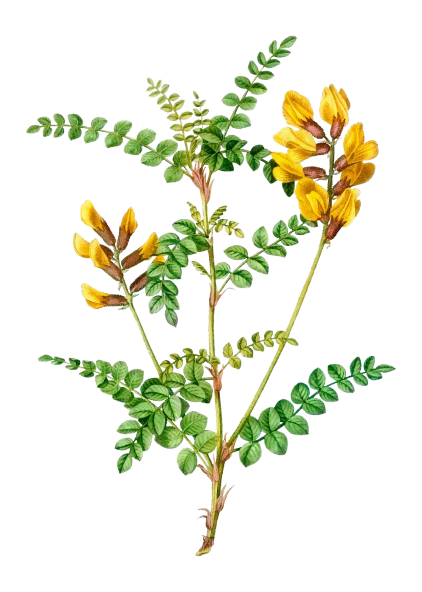Ushira
Home
Ushira
Ushira

BOTANICAL NAME
VETIVERIA ZIZANIOIDES

FAMILY
GRAMINAE

SANSKRIT NAME
Ushira, Amranala, Raula, Nalada, Vira, Haripriay, Indragupta, Jalamoda, Sevya, Virana, Viranamula

HINDI
Panni, Gandar, Verran mooli, Cuscus, Khas, Khas bena

ENGLISH
Khas

KANNADA
Ramaccham, Vettiver

MALAYALAM
Ramacchi, Vala

TAMIL
Kuruvaeru, Kuruveru

MARATHI
Guyil Gaddi

TELUGU
Vattiveru, Vetti Vellu
DISTRIBUTION

It is available globally and widely available in India, Nepal, and it is being cultivated in tropical Africa. In India it is distributed in hilly areas.
PARTS USED
Root
DOSE
Churna 3 to 6 grams, Phanta 50 to 100 ml, Ark 25 to 50 ml
CHEMICAL CONSTITUENTS
Khusinol oxide, cyclocopacamphenol, Isobisabolene. benzoic acid, vetiverol, furfurol, Iso-Khusimol, Calacorene.

AYURVEDIC PROPERTIES
QUALITY (GUNA)
Ruksha or dry, Laghu or light
TASTE (RASA)
Tikt and Madhura. Both sweet and bitter
METABOLISM (VIPAKA)
Katu
POTENCY (VIRYA)
Seeta or cool
IMPACT (PRABHAVA)
Swedopaniya.
PHARMACOLOGICAL ACTION
- Insecticidal and Antifungal properties of Ushira is helpful in treating skin disorders which are pitta originated.
- Diuretic properties are helpful in treating urinary tract infections.
THERAPEUTIC USES
- Used in UTI or urinary tract infections.
- Coolant.
- Skin disorders associated with Pitta and sweda.
- Blood disorders.
SOME OF THE COMMON FORMULATIONS
- Aravindasava.
- Balarishta.
- Chandanadi churna.
- Mahatiktaka Ghrita.
- Rasnadi Churna.
- Sarivadyasava.
- Ushirasava.
- Yoga Raja Guggulu.
- Manjisthadi Taila.
- Kachhuradi Churna.
- Yoga raja guggulu.
- Drakshadi Churna
